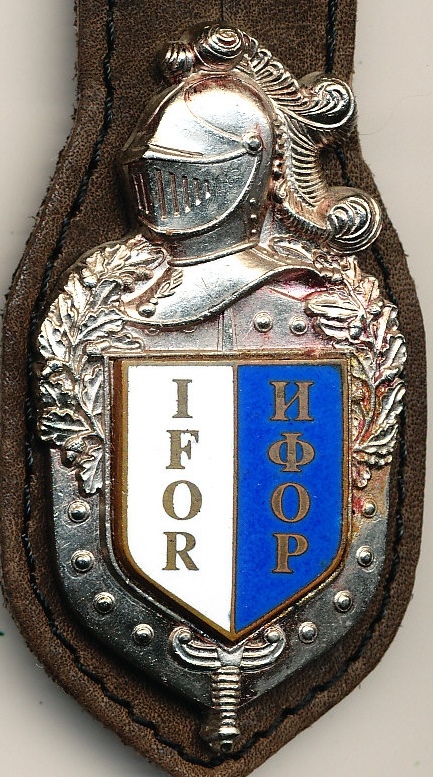

Trees and light posts sprouting out of people’s heads are mistakes you don’t need to make. Catching a moment is about being there, not making it. Watch the scene and capture it as it unfolds. It just means don’t get in people’s faces. This does not mean be a stalker or paparazzi. Why? Because 90% of the time people love the informal shots of themselves more than when they pose. I want to record how people look in rapt attention or naturally smiling or just being there at a conference. “Be the wall.” When I have a conference photography gig (therefore not there to attend the conference, but to just take pictures) my goal is not to be noticed or seen. Unless you have a DSLR (or really want to play with settings on a point-n-shoot) switching to aperture (A) or shutter (S) priority mode isn’t really worth it.įor most point and shoots P isn’t scary and you can probably tweak the settings with a jump to menu. In auto mode your pictures will almost always have that vacation snap shot look. You can adjust the flash (on, off, sometimes even intensity), white balance, ISO, even sometimes the aperture and shutter speed. One of the best pieces of advice I got about using my point-n-shoot was to get out of auto mode and into P or program mode. My spare memory card is on my camera strap so again it’s right there. These never leave my bag so I know they are always there.
Photox comfrance plus#
I carry spare batteries for my camera and speed light, plus chargers, plus cables in my gear bag. Why? People just leave the cables at home. As for cables, pretty much every conference I go to I’m loaning out my USB cable or card reader (I carry SD and CF readers). I don’t know too many “regular” folks who fill up a card during a conference, much less a single day, but it doesn’t hurt to have extras. If you have a DSLR, chances are you can’t just swing by the local corner store and snag one, so don’t forget your charger (or better invest in a spare battery). Bring extra batteries, memory cards, your cables, and chargersĪs simple as this may seem, I know lots of people who get half way through the day and find themselves begging-borrowing for extra batteries, especially before a party. To help you out I’ve compiled my top 10 tips for better conference pictures (and a few other words of wisdom too). However the quality of pictures captured and posted from a given conference vary wildly. There are two things that are pretty common at almost every conference I attend: laptops and cameras. How do you photograph a conference? Today, Tris Hussey shares some great tips on the topic.


 0 kommentar(er)
0 kommentar(er)
